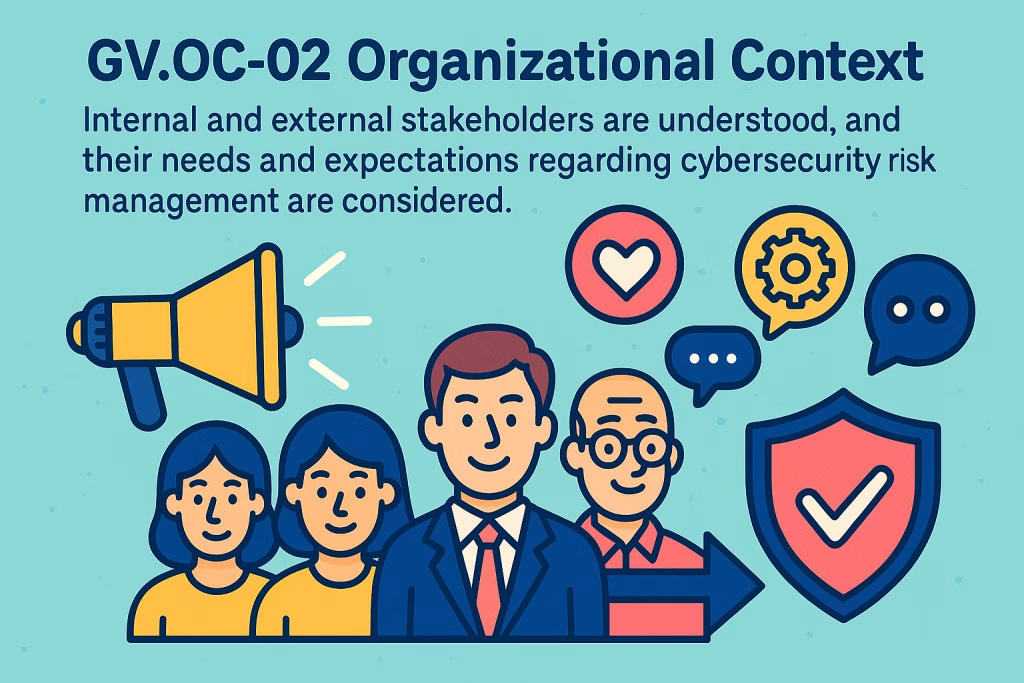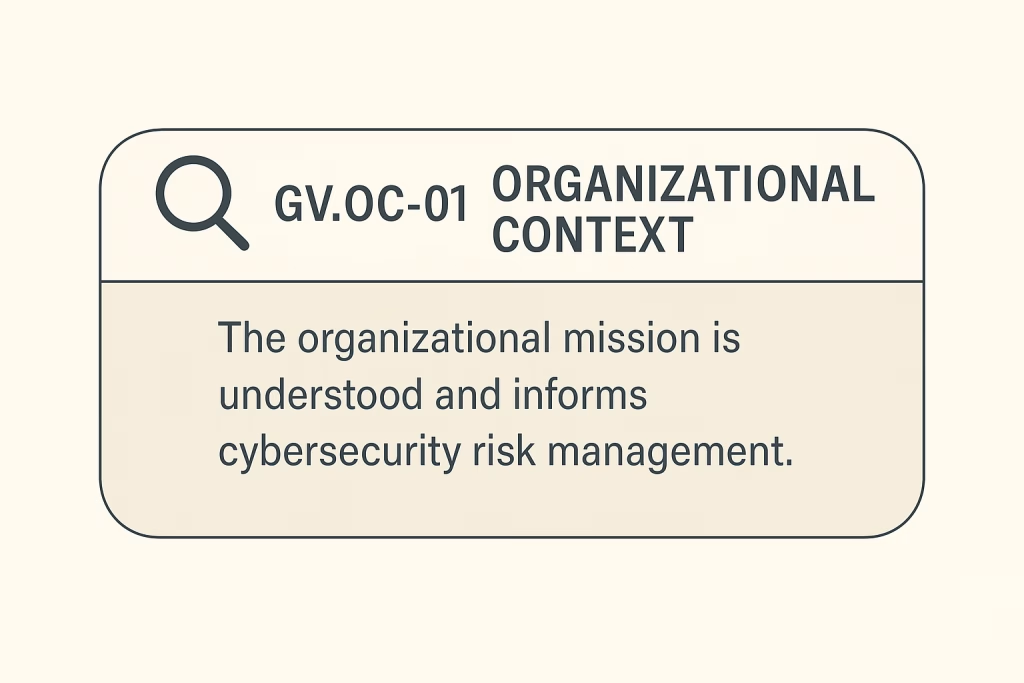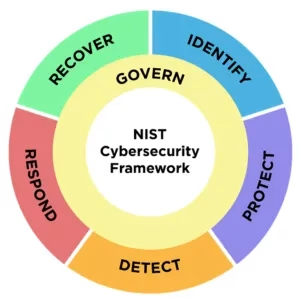GV.OC-02: Internal and external stakeholders are understood, and their needs and expectations regarding cybersecurity risk management are understood and considered
In cybersecurity, success isn’t measured solely by technical safeguards, it’s also about how well those controls reflect the expectations of the people who depend on your organization. Whether it’s customers expecting privacy, regulators demanding compliance, or employees relying on system reliability, these expectations form a key part of risk management. GV.OC-02, a subcategory within the […]








